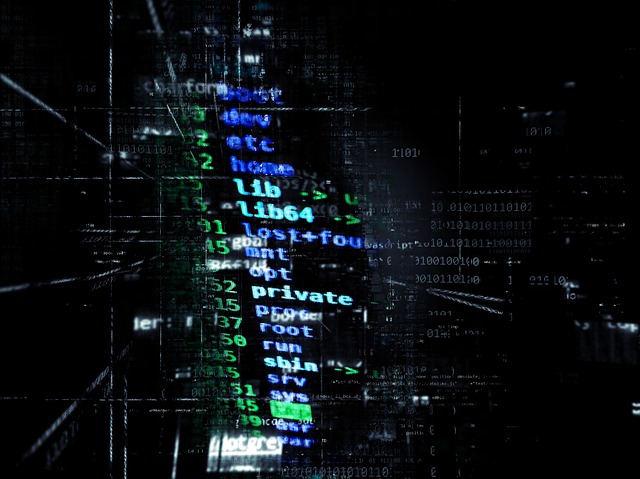MOHAN GURUSWAMY
Sino-Indian border: New Deal is No Deal.
 Dai Binguo is a respected Chinese politician and diplomat. Many in India will be familiar with him as the long time interlocutor with a line of Indian NSA’s in the Sino-Indian border discussions. He has served as a State Councilor and also as the director of the General Offices of Foreign Affairs and the National Security Group of the CPC Central Committee. A senior Chinese official once described him to me as China’s Kissinger. He retired in 2013 but his voice is still heard in the higher echelons of the Chinese Communist Party and his voice is also often their voice. Hence it’s as important to have him hear you, as it is to hear him.
Dai Binguo is a respected Chinese politician and diplomat. Many in India will be familiar with him as the long time interlocutor with a line of Indian NSA’s in the Sino-Indian border discussions. He has served as a State Councilor and also as the director of the General Offices of Foreign Affairs and the National Security Group of the CPC Central Committee. A senior Chinese official once described him to me as China’s Kissinger. He retired in 2013 but his voice is still heard in the higher echelons of the Chinese Communist Party and his voice is also often their voice. Hence it’s as important to have him hear you, as it is to hear him.
Dai returned to our headlines on March 2 when he told the Beijing-based magazine “China-India Dialogue”: "The disputed territory in the eastern sector of the China-India boundary, including Tawang, is inalienable from China's Tibet in terms of cultural background and administrative jurisdiction. The major reason the boundary question persists is that China's reasonable requests [in the east] have not been met. If the Indian side takes care of China's concerns in the eastern sector of their border, the Chinese side will respond accordingly and address India's concerns elsewhere."
















